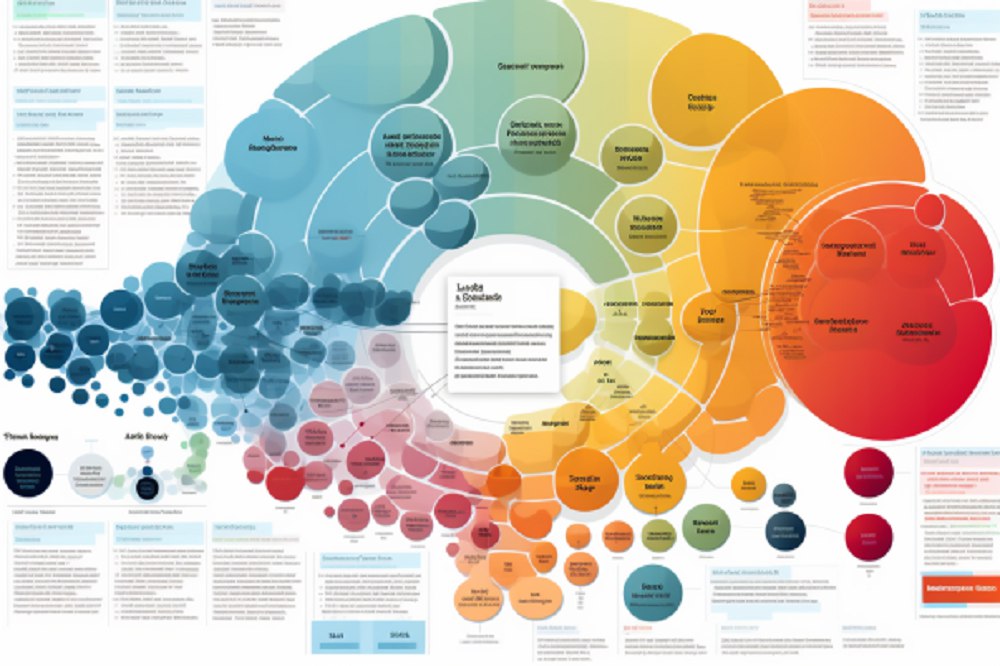The funding of public goods is experiencing a significant shift due to the rise of blockchain technology and decentralized ecosystems. Grant initiatives within the Web3 sector address a gap that governments and venture funds should focus on.
This guide sheds light on Web3 grants and their role in innovation.
Understanding Web3 Grants
Web3 grants represent a revolutionary approach to funding projects within the decentralized landscape. Unlike traditional funding models, Web3 grants are non-dilutive, providing financial support without requiring project owners to surrender any ownership stake.
This distinctive feature encourages active participation and growth within the Web3 ecosystem. Nonetheless, the cornerstone of Web3 grants lies in Quadratic Funding (QF), a pioneering experimental framework.
QF aggregates small donations from numerous individuals and complements them with a more substantial sum from a central fund. This mechanism ensures that funding is distributed in a manner that reflects the broader community’s interests and preferences.
Moreover, Web3 grants encompass various funding tools beyond QF. Project managers can utilize tools like Requests for Proposals (RFPs) for targeted problem-solving, retroactive grants for recognizing past contributions, or research grants to foster innovation.
This diverse toolkit enables project managers to tailor their funding strategies to the unique needs of their ecosystem.
Key Challenges Facing Web3 Project Managers
Unlike their counterparts in more traditional domains, Web3 project managers (PMs) are not solely tasked with developing products; they are architects of entire ecosystems. This dynamic role demands a comprehensive understanding of cutting-edge technology and the intricacies of human behavior.
Part of the main challenges these PMs face is the need to adeptly navigate stakeholder demands dispersed across the globe, respond to the unpredictable shifts of the market, allocate resources judiciously, refine user experiences, and track product performance. They must also grapple with the complexities of community engagement, ensure interoperability across various platforms, navigate regulatory compliance, and address user privacy concerns.
A prevalent issue faced by Web3 PMs is the prevalence of airdrop farming and Sybil attacks, both of which can disrupt the integrity of any ecosystem. Airdrop farming involves using multiple wallet addresses to exploit systems and acquire more tokens or rewards.
Sybil attacks involve impersonating multiple entities to increase the number of active wallets within a network artificially. Both practices can undermine the trust and cohesion of a Web3 community if left unchecked.
Finding A Balance
Finding the balance between intentions and positioning is a critical aspect of running a successful Web3 grant program. In the rush to capitalize on the crypto boom, many organizations hastily launched grant programs without clearly defined goals.
However, Web3 projects differ in objectives, which makes them require distinct funding needs. Whether the funding is to fuel ecosystem growth or facilitate specific research endeavors, each project category requires custom funding mechanisms.
A well-defined objective makes it easy to set quantifiable benchmarks and adopt practical marketing approaches. Furthermore, it’s essential to consider the stage of development when allocating resources. Some projects may be in their early phase, while others might be in the growth or mature stage.
Additionally, the degree of importance placed on decentralization within the organization or community will influence the chosen funding mechanism. Thus, achieving the right balance between these elements is pivotal to the success of a Web3 grant program.
Measuring The Effectiveness Of Web3 Grant Initiatives
Measuring the impact of Web3 grant programs is essential for evaluating their effectiveness and demonstrating accountability to stakeholders. A comprehensive evaluation involves quantitative and qualitative data analysis, especially during the early stages of implementation.
For instance, projects contributing to an ethical blockchain network may align their impact measurements with the United Nations’ Sustainable Development Goals (SDGs). This technique not only underscores the socially conscious elements of Web3 funding endeavors but also offers a distinct framework for evaluation.
Beyond numbers, credible messengers, tailored visuals, and relatable stories are crucial in informing the community about the progress and impact achieved. Also, transparency in reporting keeps stakeholders informed and enhances the credibility and trustworthiness of the grant program.
By systematically collecting and presenting impact data, Web3 grant programs can effectively illustrate their commitment to achieving their objectives. This impacts the program’s reputation but, more importantly, attracts new partners who are aligned with the program’s mission and values.
Web3 Grants In 2023
As of August 2023, grant programs across all platforms, notably Ethereum, Algorand, NEAR, Gitcoin, and Solana, have collectively funded 5,900 grants and issued over half a billion dollars.
Nevertheless, there is room for improvement. Grant programs should focus on providing ongoing support and connecting recipients with suitable resources and communities.
Web3 grants play a vital role in the evolution of public goods funding. Their non-dilutive nature, coupled with various funding tools, empowers projects to grow within decentralized ecosystems.
